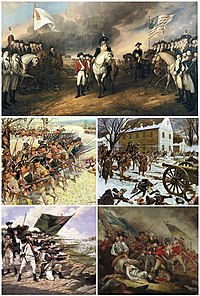
Photo from wikipedia
Abstract Following the shooting of Michael Brown in 2014, a series of social protests on the streets and social media were ignited. The current research draws upon social disorganization theory… Click to show full abstract
Abstract Following the shooting of Michael Brown in 2014, a series of social protests on the streets and social media were ignited. The current research draws upon social disorganization theory to explore the geospatial patterns of Twitter activity related to the Michael Brown case across the state of Missouri. Geotagged Twitter data and census tract level American Community Survey data were used to determine if neighborhoods with greater social disadvantage were more represented in political discourse regarding police brutality. Results indicated wealthier neighborhoods with a higher percentage of black residents were more likely to engage in Twitter activity related to the Michael Brown case. A higher volume of activity was found, however, in more disadvantaged neighborhoods with little effect as to the percentage of black residents. Within a social disorganization framework, findings support the potential for future research to examine the idea that marginalized neighborhoods use social media as an outlet for their concerns about criminal justice practices.
Journal Title: Geoforum
Year Published: 2019
Link to full text (if available)
Share on Social Media: Sign Up to like & get
recommendations!